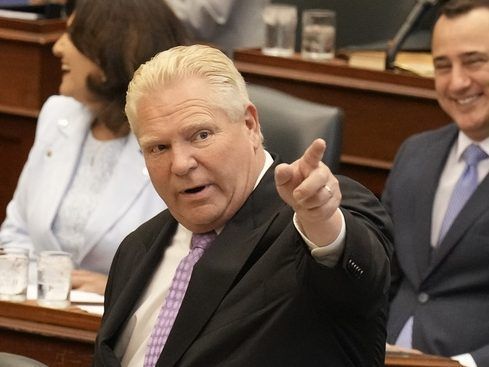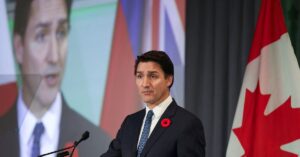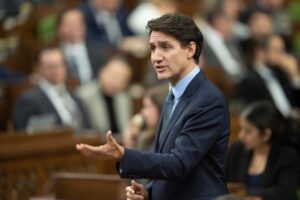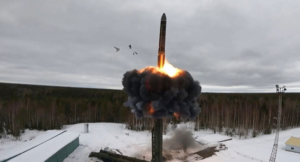
The Ford government is embarking on a big communications push this week on the energy file focused on affordability and laying out an energy vision for the province. Last week, the Independent Electricity System Operator released a report stating that demand for electricity will grow by 75% by 2050, a higher than previously forecast increase.
“Ontario needs to generate more power, and our government has the plan to build out affordable, reliable and clean energy for our families and future generations,” Minister of Energy and Electrification Stephen Lecce said last week.
On Monday, Lecce unveiled plans to change how new homeowners are charged for connecting to the power grid. It’s an important change at a time when all levels of government are looking to make home ownership more affordable.
“Too many families face barriers to homeownership, and that is why we are acting on all fronts to reduce the cost for future homeowners and investors,” Lecce said Monday morning.
In the grand scheme of things though, this is a small change. What the government is really looking at, and what they don’t want to talk about too openly, is their expansion plans for electrical generation.
At a speech last week to the Empire Club, Premier Doug Ford spoke about the refurbishments happening at the Bruce, Darlington and Pickering nuclear plants. He also hinted that energy is central to the province’s future.
“In fact, energy policy will be fundamental to the future of our province and Ontario has a choice. A pro-growth agenda that attracts investments, creates jobs and keeps energy costs down for people and businesses or ideological dogma that offers false choices,” Ford said.
He specifically mentioned the carbon tax but was also speaking about expanding the amount of nuclear generation and even natural gas generation. There has been a push to completely eliminate the use of natural gas by various “progressive” groups from environmental NGOs to municipal councils.
Despite natural gas being a cleaner and more efficient fossil fuel, the push is on to ban natural gas being used as a home heating fuel, a source of energy for cooking and a source of electrical production. The Ford government will buck that trend and move forward with plans for electrical generation that includes natural gas.
The plan, which will be unveiled over the coming days and weeks, isn’t just about meeting Ontario’s demand as it increases by 75% over the next 25 years – it’s about exporting energy. Ford is pushing for Ontario to become an energy juggernaut, supplying clean energy to jurisdictions across North America.
“We have an abundant supply of critical minerals and as a global leader in the future of nuclear energy, Ontario is uniquely positioned to support America’s economic growth and its national security objectives,” Ford said last week.
“As we build up our fleet of energy and we have enough capacity for ourselves, New York State always needs energy, always. And so does Michigan, and so does Ohio and Pennsylvania,” he added.
Ontario exported $1.3 billion worth of electricity to the United States in 2022, according to Statistics Canada, behind the $1.4 billion exported by Quebec and $1.8 billion exported by British Columbia. Over the coming years, expect those export numbers to increase, especially as American jurisdictions look for cleaner and cheaper options for electricity production.
Michigan, Pennsylvania, Wisconsin, Indiana and Ohio are just some of the states that are close to Ontario that still rely heavily on coal for generating electricity. As they look for cleaner sources, as demand for electric vehicles, artificial intelligence and data centres – all of which use incredible amounts of electricity – increases, then the opportunity for Ontario to export also increases.
Going forward, Ontario wants to be a major player in the North American energy sector. Expect environmentalists and the opposition parties to protest, while Ford and his government push forward with building.







